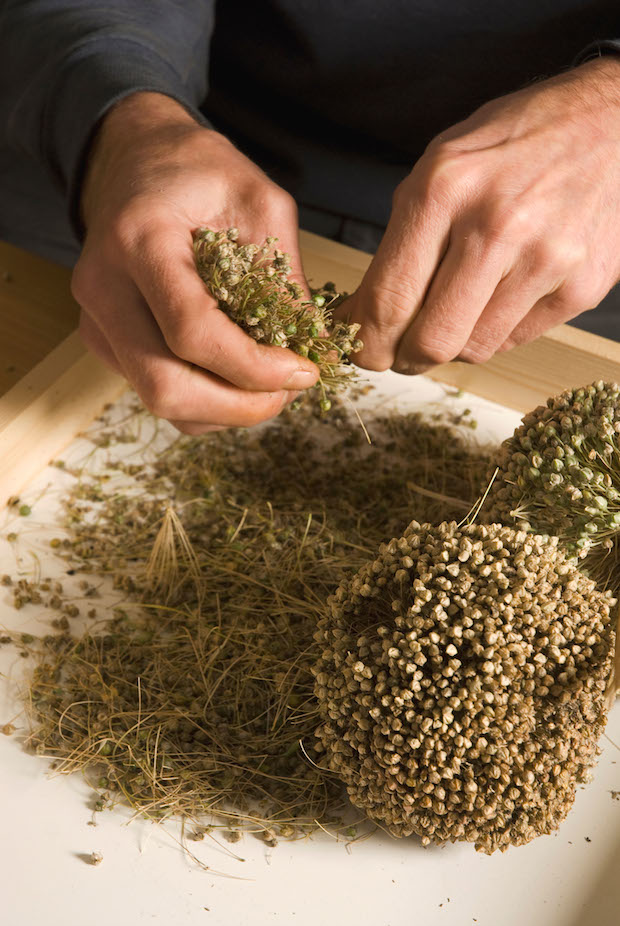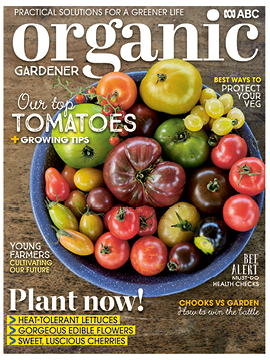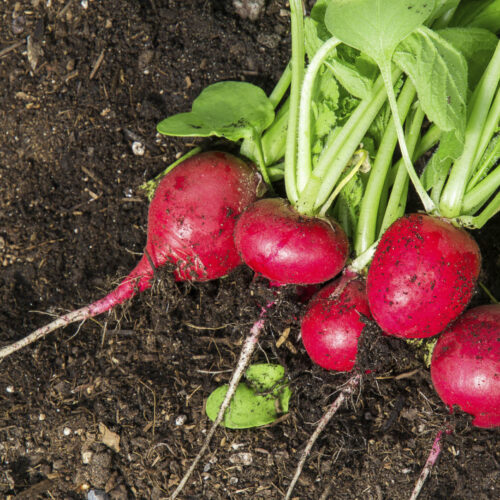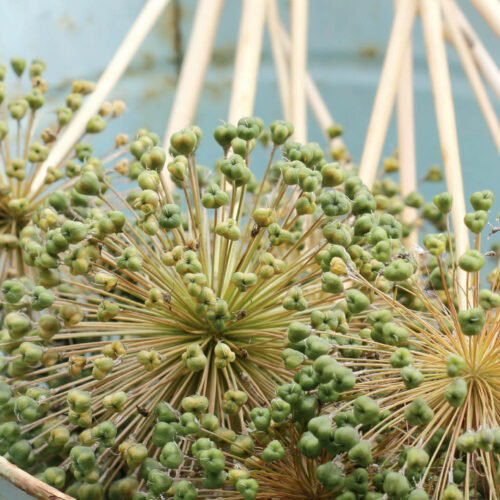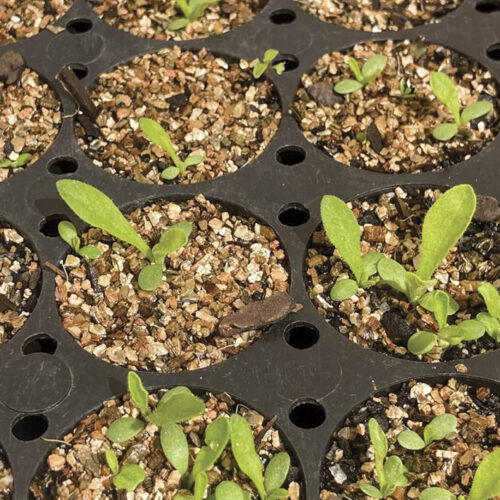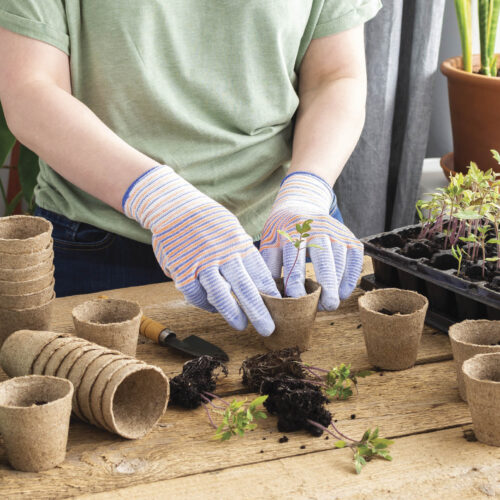How to save seeds
2018-06-06T14:00:01+10:00
As seed company ownership tightens, now's the time to learn how to save your own seed writes Simon Webster.
Saving your own seeds is a great idea. For several reasons:
It’s free
You might have to buy a paper bag or two, but other than that, all you need to spend is a bit of time.
It will help you produce great crops
Over time, as you keep saving seeds from your biggest, tastiest, earliest/latest, most pest-resistant and disease-free crops, you’ll find your seeds turn into plants that give you just what you’re looking for, and are perfectly suited to the conditions in your backyard. If your climate changes, your plants should evolve with it.
It’s good for food sovereignty
The more variety of plants we grow, and the more seed collections we have, the less vulnerable we are to outbreaks of rust, plagues of locusts, or sudden policy changes.
You can share
Once you start saving seeds, you’ll soon have more than you know what to do with. Swap them, give them away, or start a seed-saving network. Seeds may be precious, but strangely, they’re also plentiful. Or visit seedsavers.net who explain how to set up your own seed savers network, and list those that already exist.
It’s easy
OK, some seeds are easier to save than others. Some seeds are fiddly, and some plants need to be quarantined to stop them being corrupted through cross-pollination (see ‘Rule no.4’). But, generally, it’s not rocket science.
How to save seeds
Rule No.1: Only save seeds from open-pollinated varieties (see ‘What are open-pollinated varieties?’). There’s no point saving hybrids because they won’t grow ‘true to type’
(in other words, like their parents).
Rule No.2: Save seeds from the best plants in your garden. Rule No.3: Nurture your best plants. Water them, feed them, and manage pests and diseases, so they’re in tip-top shape when they’re forming their seeds.
Rule no.4: Avoid cross-pollination. To keep your varieties pure – and to ensure your seed contains only the genetic material that you want it to contain – you need to make
sure your plants aren’t being cross-pollinated by an insect transferring pollen from the plant of another variety or species. You can do this by growing only one variety and ensuring there is a suitable distance between it and any other varieties (including any grown by your neighbours). Or you can grow different varieties at different times. Alternatively, you can cover flowers with paper bags – or entire beds with glass or netting – and hand-pollinate. Different plants have different needs when it comes to avoiding cross-pollination. Different varieties of corn, for example, must be kept hundreds of metres apart. But peas (see right) don’t need any isolation at all.
Rule No.5: Store seeds carefully. Most vegetable seeds will stay viable for three to five years if stored correctly. They should be dry and stored in a cool, dark place.
Five degrees is a good temperature, making the fridge ideal.
Subscribe to OG and get more details on seed saving: we look at the process of seed saving plants in each issue, focusing on a particular veg or fruit each time. You can also learn more about why seed saving is vital to our food future, here.

